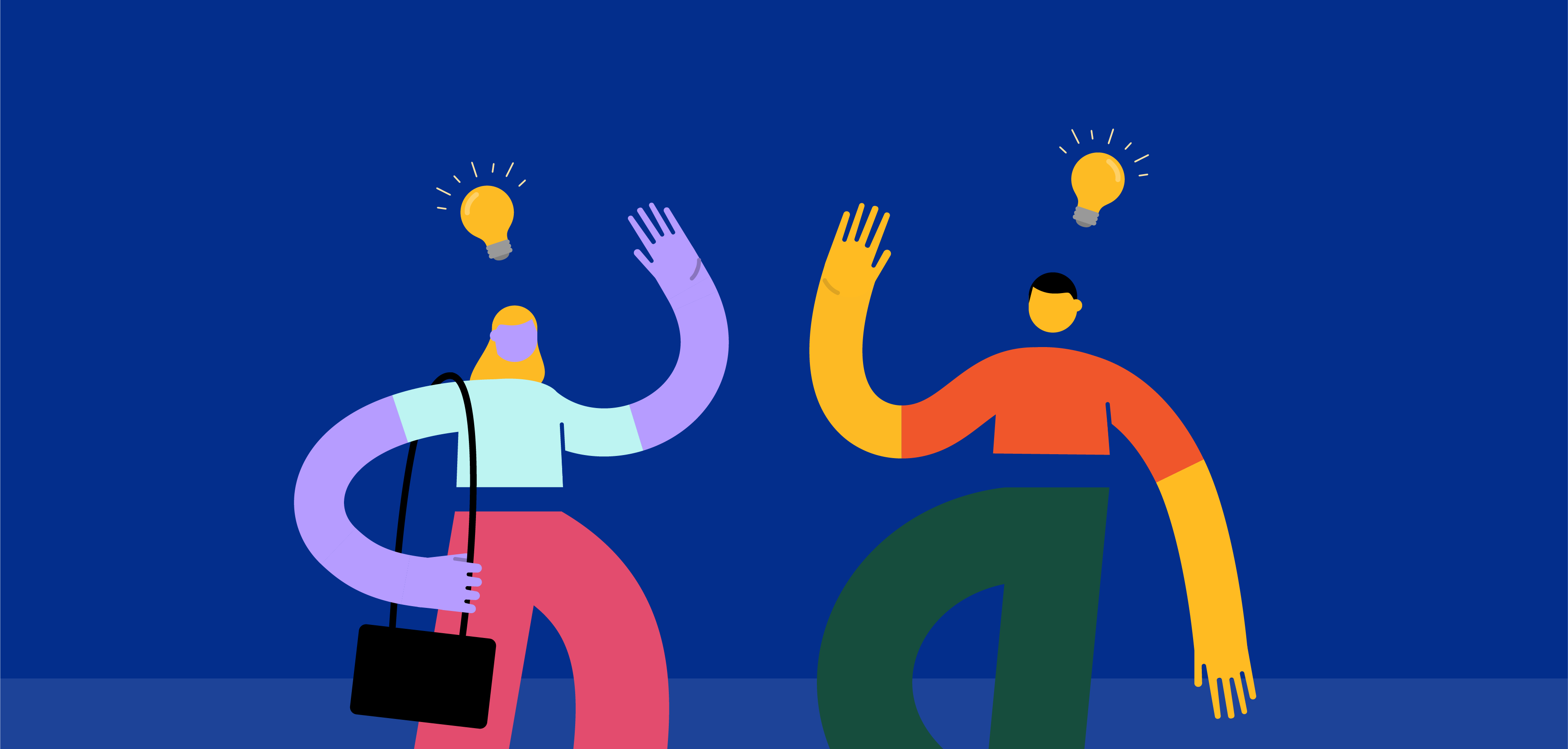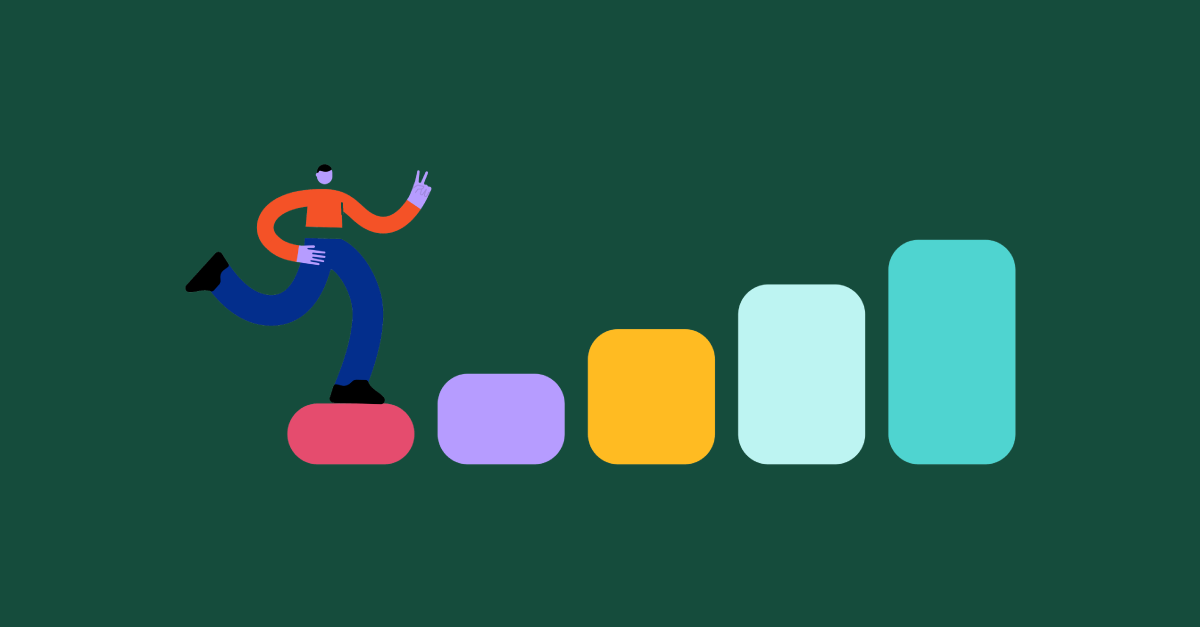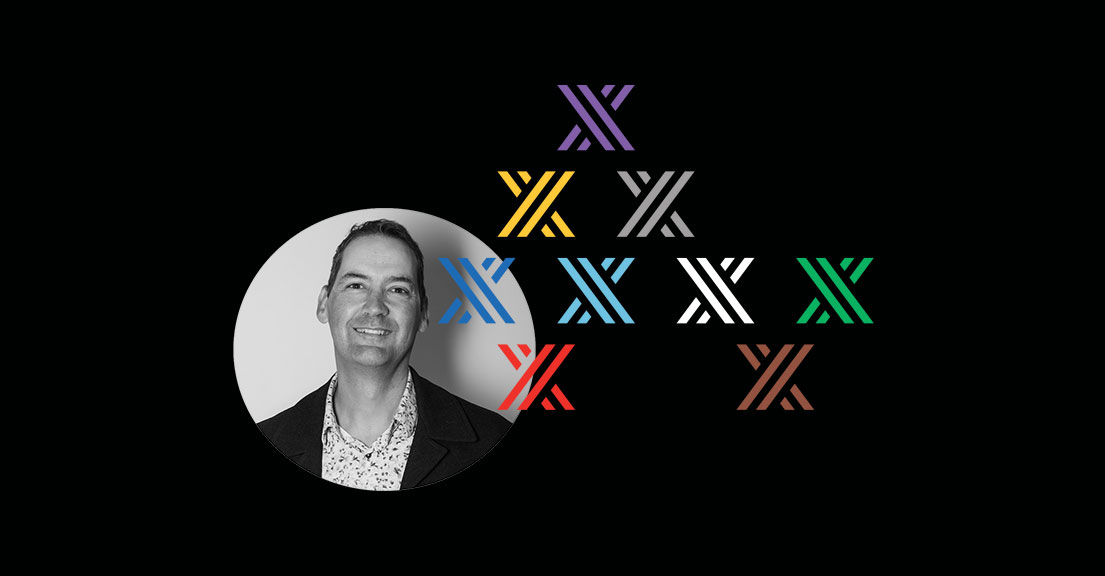What is a cognitive learner? (And why is it important?)
In today's fast-paced and information-driven world, the ability to learn effectively and retain information is more important than ever. Cognitive learning, a powerful approach that enhances retention and comprehension, can be a game-changer in helping your team master new skills and knowledge. Whether you're a learner or a learning designer, understanding the strategies behind cognitive learning can significantly elevate the learning experience.
What is cognitive learning?
Let’s start with the basics – what is cognitive learning?
It sounds like a bunch of jargon, right? Basically, cognitive learning is the process the brain takes to learn.
Cognitive learning refers to the process of acquiring knowledge and skills through mental processes such as perception, attention, memory, and problem-solving. Unlike rote memorization, cognitive learning focuses on understanding and making connections between concepts, which leads to better retention and comprehension.
One key aspect of cognitive learning is the concept of schema, which refers to the mental framework that helps us organize and interpret information. By building upon existing knowledge and connecting new information to what we already know, we can enhance our ability to learn and remember.
Another important factor in cognitive learning is metacognition, which involves being aware of and regulating our own thought processes. It includes monitoring our own understanding, evaluating our learning strategies, and making adjustments as needed.
Why is it useful to know?
Knowing how we learn helps us as learning designers to create more interesting, engaging and effective learning experiences.
Cognitive learning principles, when applied correctly, can help us improve knowledge retention and comprehension.
With the advances in neuroscience we know a lot more about how the brain works and how this in turn translates into learning processes, for example, the Implicit Association Test (IAT) Dan refers to in the video below. We can now apply this knowledge to make the learning experiences we create even more meaningful.
Cognitive learning plays a crucial role in learning as it promotes deeper understanding and critical thinking skills.
Traditional teaching methods often focus on memorization and regurgitation of information, which can lead to surface-level learning and limited retention.
By incorporating cognitive learning strategies into workplace learning, businesses can create a more engaging and effective learning environment.
Teams are encouraged to actively process information, make connections, and apply their knowledge to real-life situations. This not only improves their performance but also equips them with valuable skills for lifelong learning.
What analogy would you use to explain cognitive learning to someone else?
This may not be everyone’s cup of tea, but being a geography nerd I like the analogy of someone learning about a new place.
What do I mean?
Basically, you develop this mental map of a place in your head. That map differs for every person. Who you are, what you’re interested in, the skills you have, the environments you’ve previously explored will all affect that map.
The role of metacognition in cognitive learning
Comprehension is a key aspect of cognitive learning. It involves understanding the meaning and significance of information, rather than just memorizing facts.
Here are some strategies to enhance comprehension:
Active Reading
When asking your learners to read materials, actively engage with the material by prompting them with questions, ask them to make predictions, and summarizing key points.
This helps them stay focused and encourages deeper understanding.
They could also take notes, highlight important ideas, and reflect on what they've read to reinforce comprehension.
Visual Representations
Visual representations, such as diagrams, charts, and mind maps, can be powerful tools for improving comprehension.
They help organize information spatially and visually, making it easier to grasp complex concepts and relationships.
Relate New Information to Prior Knowledge
Connecting new information to what your team already know is a fundamental aspect of cognitive learning.
Ask your team to look for similarities, differences, and relationships between the new material and their existing knowledge.
This not only enhances comprehension but also facilitates the transfer of knowledge to new situations.
Applying cognitive learning strategies in the classroom
Metacognition, or thinking about thinking, is a crucial component of cognitive learning. It involves being aware of your own learning processes, monitoring your understanding, and making adjustments as needed. Here's how metacognition can enhance learning:
Reflection
Take time to reflect on your learning experiences. Encourage your team to ask themselves questions like, "What did I learn?", "How did I learn it?", and "What strategies were effective?".
This self-reflection helps them gain insights into their own learning strengths and weaknesses, enabling them to make informed decisions about how to learn.
Self-Regulation
Metacognition involves self-regulation, which means being empowering your team to monitor and control their own learning processes.
This includes setting goals, managing time effectively, and adjusting their learning strategies based on progress and understanding.
Feedback and Self-Assessment
Seeking feedback from others and engaging in self-assessment can provide valuable insights into your learning.
Encourage your team to actively seek feedback from coaches, mentors, or peers, so they can use it to self-identify areas for improvement.
Additionally, your team should assess their own understanding periodically to gauge progress and adjust their learning strategies accordingly.
What motivates people to learn?
Our brains are wired to find meaning, so start with the big picture – ‘Why?’ (why should they do the learning and what’s in it for them).
Show the relevance, being clear about how it relates to their role. In viewing the 'whole,' a cognitive process takes place – the mind makes a leap from comprehending the parts to realising the whole (Gestalt theory) which means the learning is more likely to stick and be applied in the right way and at the right time.
A motion graphic is a great example of how we introduce new learning (the whole) within an organisation. The learning that follows is in logical bites (the parts).
Check out this motion graphic show reel we created for the future of learning.
How do people learn?
Know your learner
Whatever your learning is, health and safety, earthquake preparedness, call centre soft skills, what your learners bring to the table influences what and how they learn. To create effective learning you need to know your audience.
We approach learning with existing knowledge, skills and experiences. So, it’s important when designing learning that we take our learners’ specific context into account to create a more meaningful experience. We’re taking situations learners are already familiar with and building on them in a way that deepens those connections and embeds the learning.
David Ausubel’s Meaningful Learning Theory states “to learn meaningfully, students must relate new knowledge (concepts and propositions) to what they already know.”
Use appropriate tools
Using the right tools for the learning (mobile, online, board games, workshops, or journals etc), helps the learner to focus on what you want them to take away rather than making them cognitively work to make the connections to their learning environment. Which tools and experiences we use depends on the learning’s purpose.
Allow the learner to learn from their mistakes
Effective feedback is often essential to acquiring new knowledge and skills.
Good feedback is:
- specific and clear
- focused on the task rather than the learner
- explanatory and focused on improvement rather than merely verifying performance
- aimed to show the consequence of decisions.
How do people retain information?
Structure the learning
The structure and focus of the learning helps us as learners fill in the blanks and connect information together into a bigger picture. Multi-step procedures identify and label the sub-steps required. This practice makes learners more likely to recognise the underlying structure of the problem and more able to apply the problem-solving steps to other problems when they come across them.
Use stories and emotion
The narrative, examples and interactions give the learning meaning. The experience we create around the learning (a great facilitator, a terrible user interface) impacts how we feel about that learning, how likely we are to retain what we’ve learnt and if we’ll apply it once we’re back on the job.
Vary the learning
Interleave (i.e. alternate) practice of different types of content. For example, if learners are learning four types of operations, it’s more effective to interleave practice of different problem types, rather than practising just one type of problem, then another type of problem, and so on.
Repeat and add to the learning over a period of time
Learning is cumulative. This is a key tenet of The Spiral Process (Jerome Bruner). To embed and deepen our learning we need to review what we’ve previously learnt and add to it over a period of time. This strengthens the connections to new material as it’s introduced, making it relatable to what we already know, more meaningful and easy to absorb.
Practising skills and embedding knowledge is better spaced out over time, with the learner reviewing content over weeks or months. This helps them retain it over the long term. Trying to remember something makes memory more long-lasting; use low- or no-stakes quizzes to do this, quick reference cards, reminder emails or prompts with self-tests.
How do we make sure the learner can apply what they’ve learnt?
Learning happens through doing and we need to involve that learner and give them control. We do this by creating meaningful experiences where learners apply the learning to challenges they’re currently facing.
The transfer of knowledge or skills to a new problem requires knowledge of the problem’s context and underlying principles.
Use of a variety of realistic situations and scenarios gives the learner appreciation for the context of a problem and the consequences of their decisions.
So, what does all this mean?
There’s more to this than meets the eye. As the science evolves, so will we and the learning experiences we create.





